![]()
![]()
![]()
Use LEFT and RIGHT arrow keys to navigate between flashcards;
Use UP and DOWN arrow keys to flip the card;
H to show hint;
A reads text to speech;
44 Cards in this Set
- Front
- Back
- 3rd side (hint)
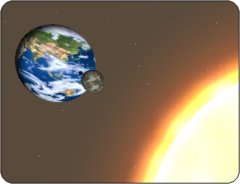
celestial body |
a large object in space (such as a star, planet, or moon) |
|
|
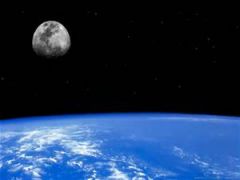
satellite |
a celestial body orbiting the Earth or another planet |
|
|
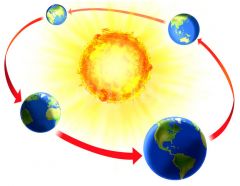
revolve (revolution) |
To orbit a central point: The planets revolve around the sun. |
|
|
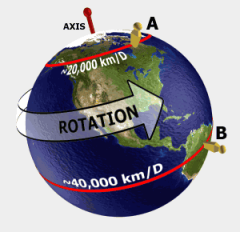
rotate (rotation) |
to turn on its axis; one whole spin of an object on its axis |
Turn And Turn |
|
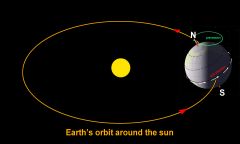
orbit |
the path an object takes as it revolves around a star, planet, or moon |
|
|

gravity |
the force that attracts a body toward the center of earth. |
|
|
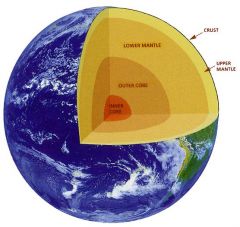
surface |
the outside part or upper most layer of something. |
|
|
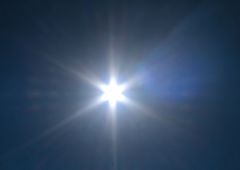
Sun |
a star around which the earth orbits
The sun rises in the east. Early=East
The sun sets in the west.
|
|
|
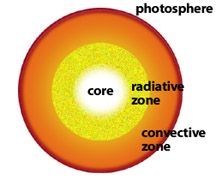
photosphere |
the surface of the sun visible from Earth |
|
|
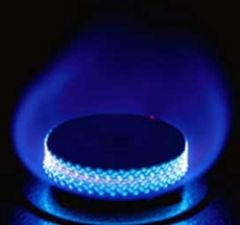
gas |
an air like fluid substance which expands freely to fill any space available irrespective of its quantity |
|
|
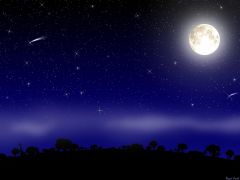
moon |
a natural satellite that revolves around a planet |
|
|
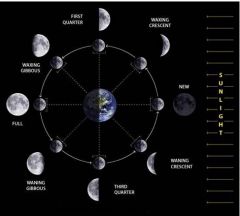
lunar cycle |
the 28 day period in which the moon's orbit around the Earth causes it to reflect the sun in different phases |
|
|
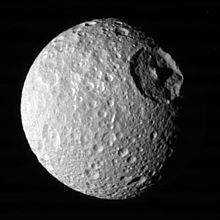
craters |
bowl-shaped indents or cavities on the surface of a planet, moon, or asteroid that are caused by a collision with another object, such as a meteorite |
|
|
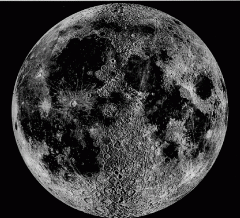
maria |
a dark region of considerable extent on the surface of the Moon. |
|
|
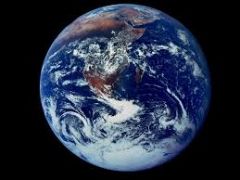
Earth |
a planet in the Solar system that has life on it |
|
|
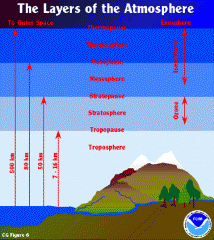
atmosphere |
layer of gases wrapped around Earth that makes life possible |
|
|
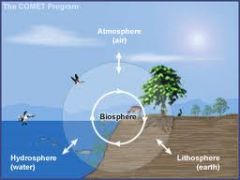
hydrosphere |
consist of all the water on Earth extends high into the atmosphere and deep in the lithosphere; Earth's waters |
|
|
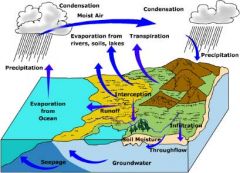
water cycle |
the cycle in which Earth's water moves through the environment |
|
|
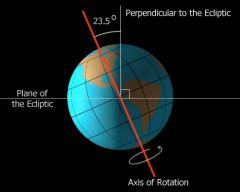
axis |
an imaginary line around which an object spins |
|
|

corona |
the outer layer of the sun's atmosphere (crown) |
|
|
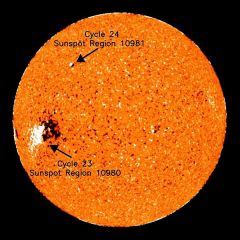
sunspot |
a dark spot on the photosphere (surface) of the sun |
|
|
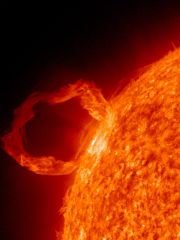
solar prominence |
a bright loop of sheer or gas in the corona |
|
|
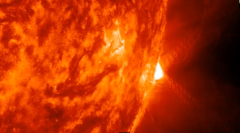
solar flare |
an explosive eruption of waves and particles into space |
|
|
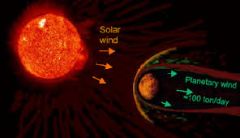
solar wind |
a fast moving stream of particle thrown into space by solar flares |
|
|
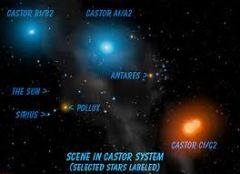
magnitude |
brightness of a star |
|
|
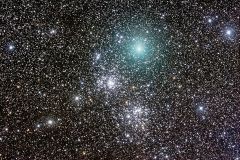
universe |
everything that exist; planets, stars, dust, gases, and energy |
|
|
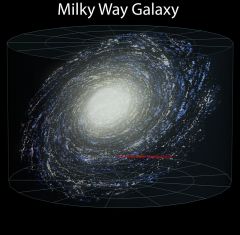
galaxy |
a large group of stars |
|
|
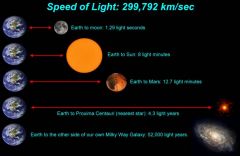
light year |
A light year means 6 trillion miles (6,000,000,000,000).
In one year light can travel 6 trillion miles. Think about that for a moment. If you go outside tonight and shine a flash light at the sky, in the next one year that light will travel 6 trillion miles. |
|
|
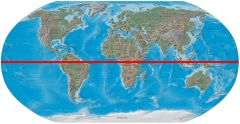
equator |
an imaginary line drawn dividing the earth into a Northern Hemisphere and a Southern Hemisphere |
|
|
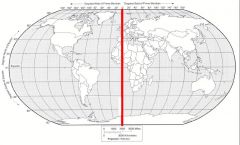
prime meridian |
zero of longitude |
|
|
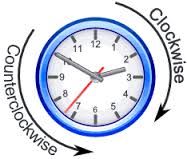
counter clockwise |
rotating to the left - opposite of the way a clock hands rotate |
|
|
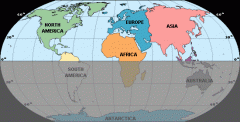
northern hemisphere |
the hemisphere to the north (above the equator |
|
|
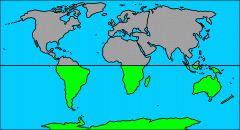
southern hemisphere |
the hemisphere south (below) of the equator |
|
|
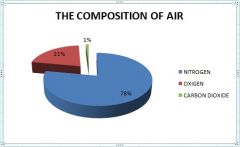
composition |
what something is made of |
|
|

day |
the time during rotation when Earth faces the Sun, and it is lighted; this rotation gives the false appearance that the sun travels from east to west across the sky |
|
|

shadow |
a dark area caused when an object blocks light falling on a surface
|
|
|
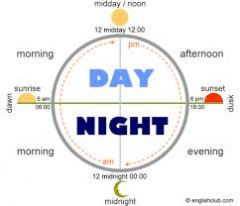
night |
the time during its rotation when Earth faces away from the Sun, and it is dark; this rotation gives the false appearance that stars move across the sky |
|
|
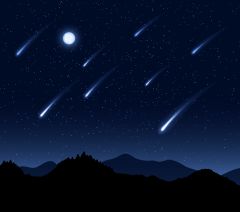
meteor |
solid piece of dust from such sources as asteroids or comets |
|
|
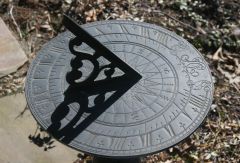
sundial |
instrument that measures the time of day by using the position of the Sun |
|
|
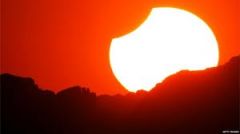
eclipse |
the passing of one object through the shadow of another object |
|
|
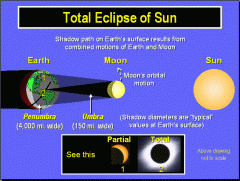
solar eclipse |
A type of eclipse that occurs when the Moon passes between the Sun and Earth, and the Moon fully or partially blocks the Sun. This can happen only at new moon. |
|
|

lunar eclipse |
occurs when the Moon passes directly behind the Earth into its umbra. This can occur only when the Sun, Earth, and Moon are aligned exactly, or very closely so, with the Earth in the middle. Hence, a lunar eclipse can only occur the night of a full moon. |
|
|
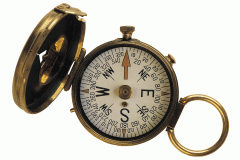
compass |
instrument that uses a small magnet to show which direction is north (N) |
|
|

Order of the Planets from the Sun |
Remember: MY Very Educated Mother Just Served Us Nachos
Mercury, Venus, Earth, Mars, Jupiter, Saturn, Uranus, Neptune |
|

